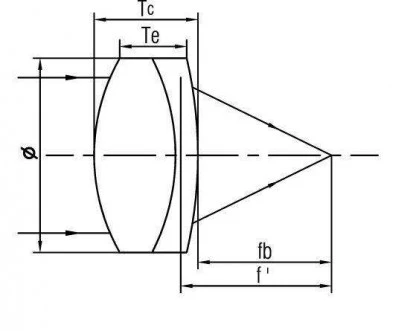Description
Photonchina is a leading manufacturer of high-quality cylindrical achromatic doublets, designed for optimal performance in both visible and near-infrared (NIR) wavelengths. These precision-engineered lenses are specifically crafted to focus polychromatic light in a single direction, effectively minimizing chromatic aberration. Unlike spherical lenses that create a point focus, cylindrical achromatic doublets produce a line focus, making them an essential component in various optical setups. The unique design of Photonchina's cylindrical lenses makes them highly sought after for applications requiring beam shaping, laser projection, and holography. Their ability to significantly reduce chromatic aberrations ensures a diffraction-limited focus in one direction when used with monochromatic light. This capability enhances the precision and efficiency of experimental and industrial optical systems.
Photonchina's cylindrical achromatic doublets are constructed from premium materials such as N-BK7, H-K9L, and N-SF11, ensuring durability and superior optical performance. The lenses feature advanced anti-reflective (AR) coatings that operate effectively across specified wavelength ranges of 350-700 nm and 650-1050 nm. These multilayer coatings achieve an average reflectance of less than 0.5% per surface, with central peaks below 0.25%, providing excellent performance for angles of incidence between 0° and 30°. For applications requiring optics at larger angles, Photonchina offers custom coatings optimized for a 45° angle of incidence, effective from 25° to 52°. This customization ensures that Photonchina's lenses meet the diverse needs of various optical systems, delivering exceptional clarity and performance.
When selecting optics, it is crucial to consider the Laser Induced Damage Threshold (LIDT), as it varies depending on the laser type used. Photonchina's coatings are designed to withstand specific energy thresholds, with Coating A tolerating up to 0.50 J/cm² and Coating B up to 5 J/cm². These thresholds are based on room temperature operation and optics in pristine condition, free from contamination. Understanding these parameters helps users optimize the performance and longevity of their optical components, ensuring reliable operation in demanding environments. Photonchina's commitment to quality and innovation ensures that their cylindrical achromatic doublets meet the highest industry standards, providing customers with reliable and efficient solutions for a wide range of optical applications.
Cylindrical Achromatic Doublets
Specifications
| Lens Type: | Positive, Negative |
|---|---|
| Material: | BK7, FS, UVFS, CaF2, ZnSe, Ge, H-K9L |
| Material: | N-BK7/H-K9L, N-SF11 |
| Optical Coating: | AR coating: 350-700nm; 650-1050nm |
| AR Coating Range Coating A: | 350 - 700 nm |
| AR Coating Range Coating B: | 650 - 1050 nm |
| Coating Performance: | Ravg<0.5% |
| Damage Thresholds Coating A: | 0.50 J/cm² (532 nm, 10 ns, 10 Hz, Ø0.566 mm) |
| Damage Thresholds Coating B: | 5 J/cm² (810 nm, 10 ns, 10 Hz, Ø0.155 mm) |
| Diameter: | 25.4mm |
| Diameter Tolerance: | +0.00/-0.10 mm |
| Center Thickness Tolerance: | ±0.10 mm |
| Focal Length Tolerance: | ±1% |
| Surface Irregularity: | λ |
| Surface Quality: | 40-20 or better |
| Centration: | ≤5 arcmin |
| Clear Aperture: | Ø21 mm |
| Power Tolerance: | 3 Fringes |
| Operating Temperature: | -40 to 85 °C |
Features
- High-Quality Material: Manufactured using premium materials such as N-BK7/H-K9L and N-SF11, ensuring durability and precision.
- Optimal Optical Coating: Available with AR coatings for 350-700 nm and 650-1050 nm, providing an average reflectance of less than 0.5% per surface.
- Minimized Chromatic Aberration: Designed to focus polychromatic light in one direction only, creating a line focus instead of a point focus.
- Versatile Applications: Ideal for beam shaping, laser projection, holography, and more.
- Superior Coating Performance: Coating A with a damage threshold of 0.50 J/cm² (532 nm) and Coating B with 5 J/cm² (810 nm).
- Precision Specifications: Diameter of 25.4 mm with a tolerance of +0.00/-0.10 mm, and center thickness tolerance of ±0.10 mm.
- High Surface Quality: Surface irregularity at λ peak to valley and surface quality of 40-20 or better.
- Accurate Focal Length: Focal length tolerance of ±1% for precise focusing.
- Wide Operating Temperature Range: Functions effectively from -40 to 85 °C.
- Custom Coating Options: Custom coatings optimized for large angles of incidence available upon request.
Applications
- Beam Shaping: Cylindrical achromatic doublets are used to shape the beam into a line focus, which is essential for various optical setups.
- Laser Projection: These lenses help in focusing polychromatic light in one direction, making them ideal for laser projection systems.
- Holography: The lenses are used in holographic setups to minimize chromatic aberration and enhance image quality.
- Chromatic Aberration Reduction: Cylindrical doublets significantly reduce chromatic aberrations, ensuring a clear and precise focus.
- Diffraction Limited Focus: When used with monochromatic light, these lenses can create a diffraction limited focus in one direction.
Frequently Asked Questions
What are cylindrical achromatic doublets used for?
What is the diameter of the cylindrical achromatic doublets?
What is the material used to make cylindrical achromatic doublets?
What is the operating temperature range for cylindrical achromatic doublets?
What is the power tolerance of cylindrical achromatic doublets?
Similar Products
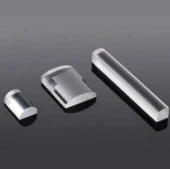
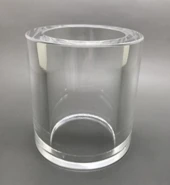
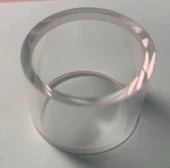
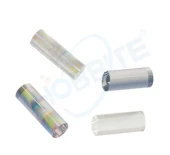
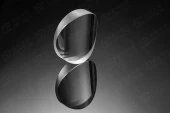
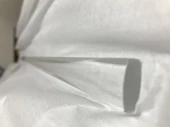
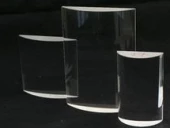
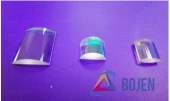
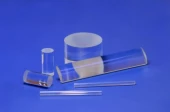
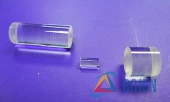
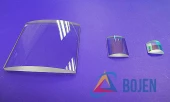
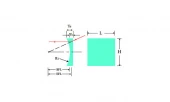
Your inquiry has been received.
Create an account by adding a password
Why create an account?
- Auto-complete inquiry forms
- View and manage all your past messages
- Save products to your favorites
- Close your account anytime — no hassle
